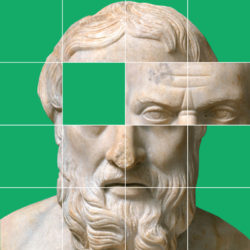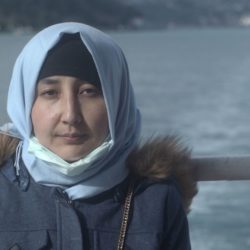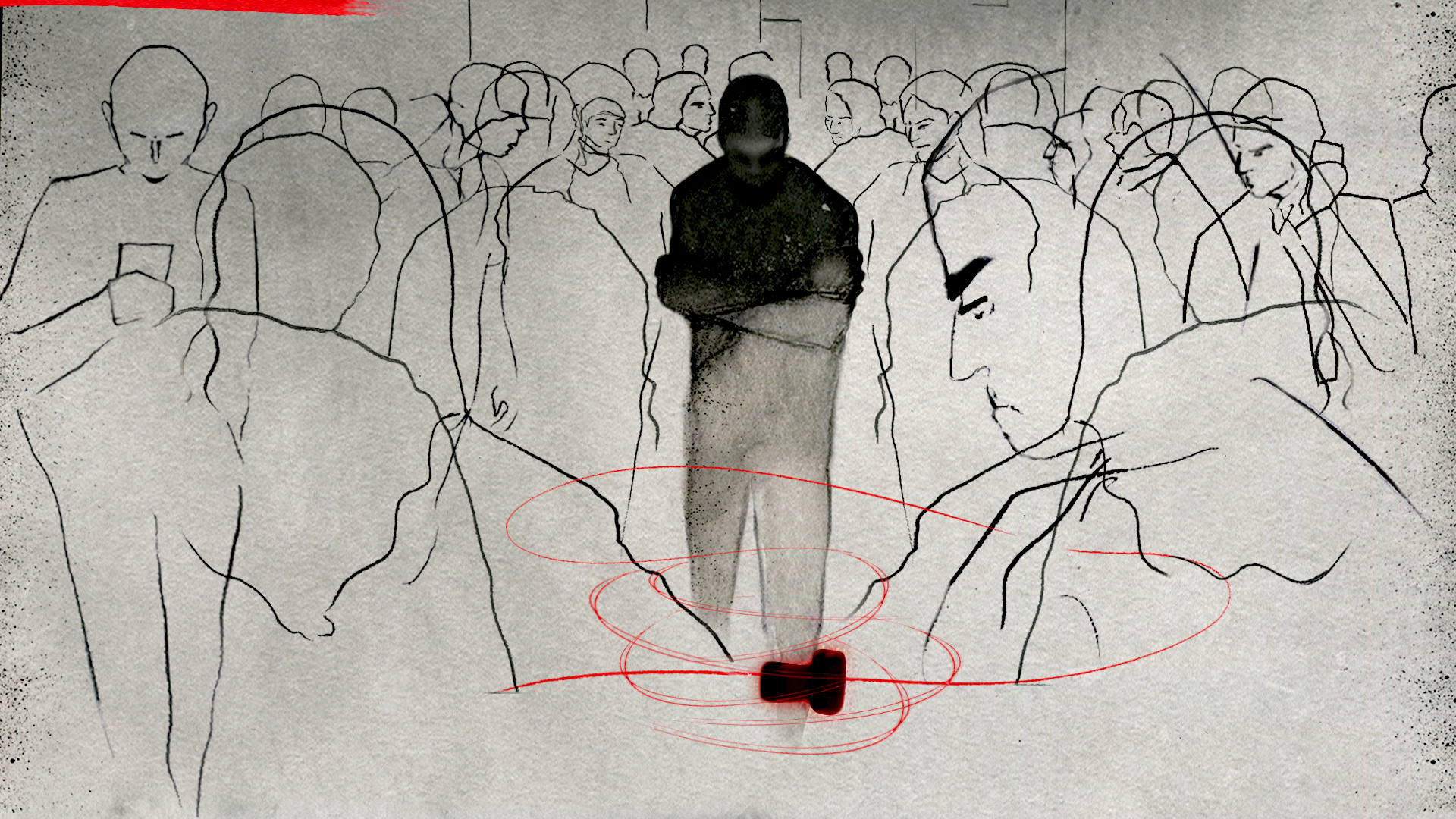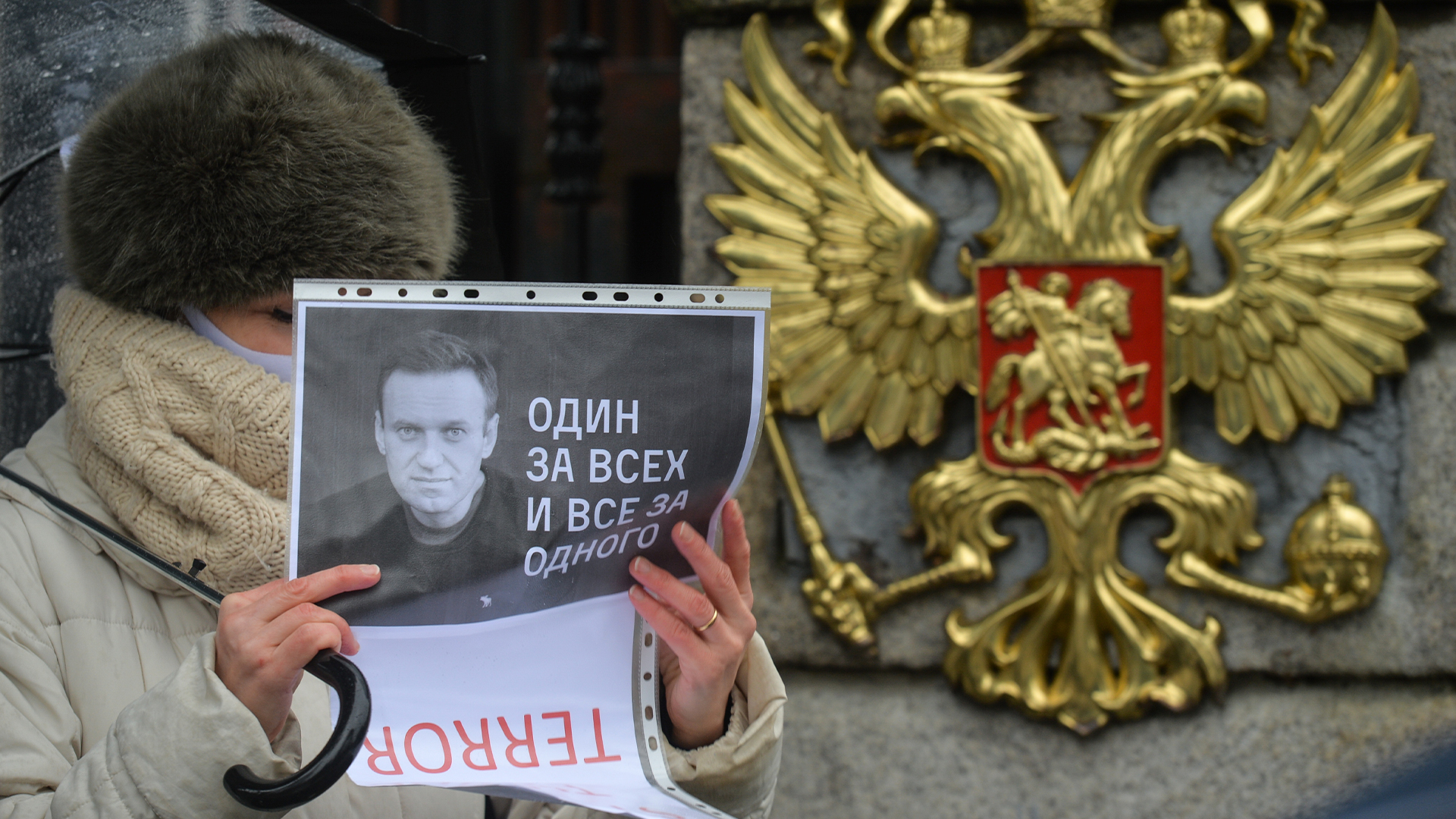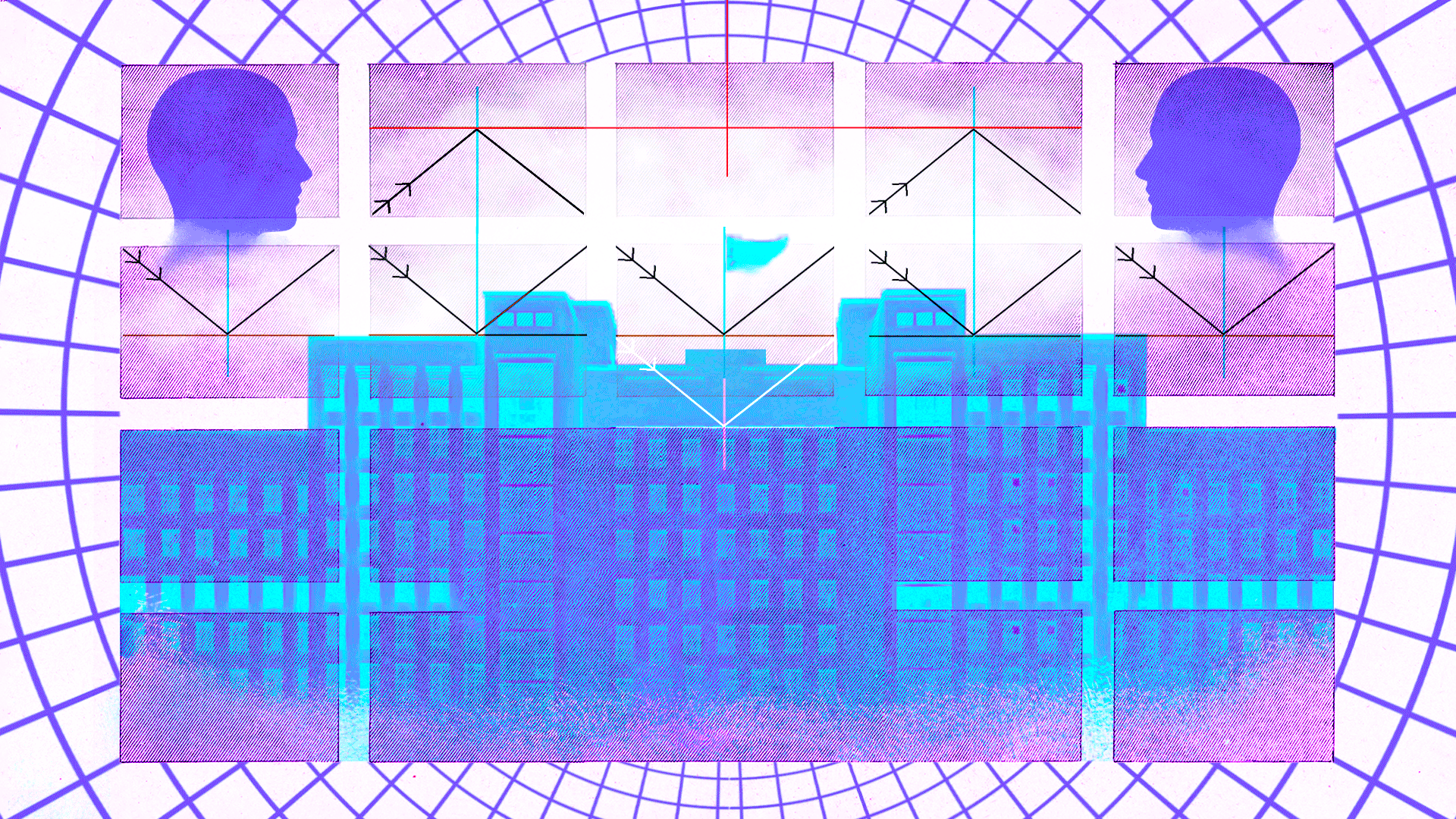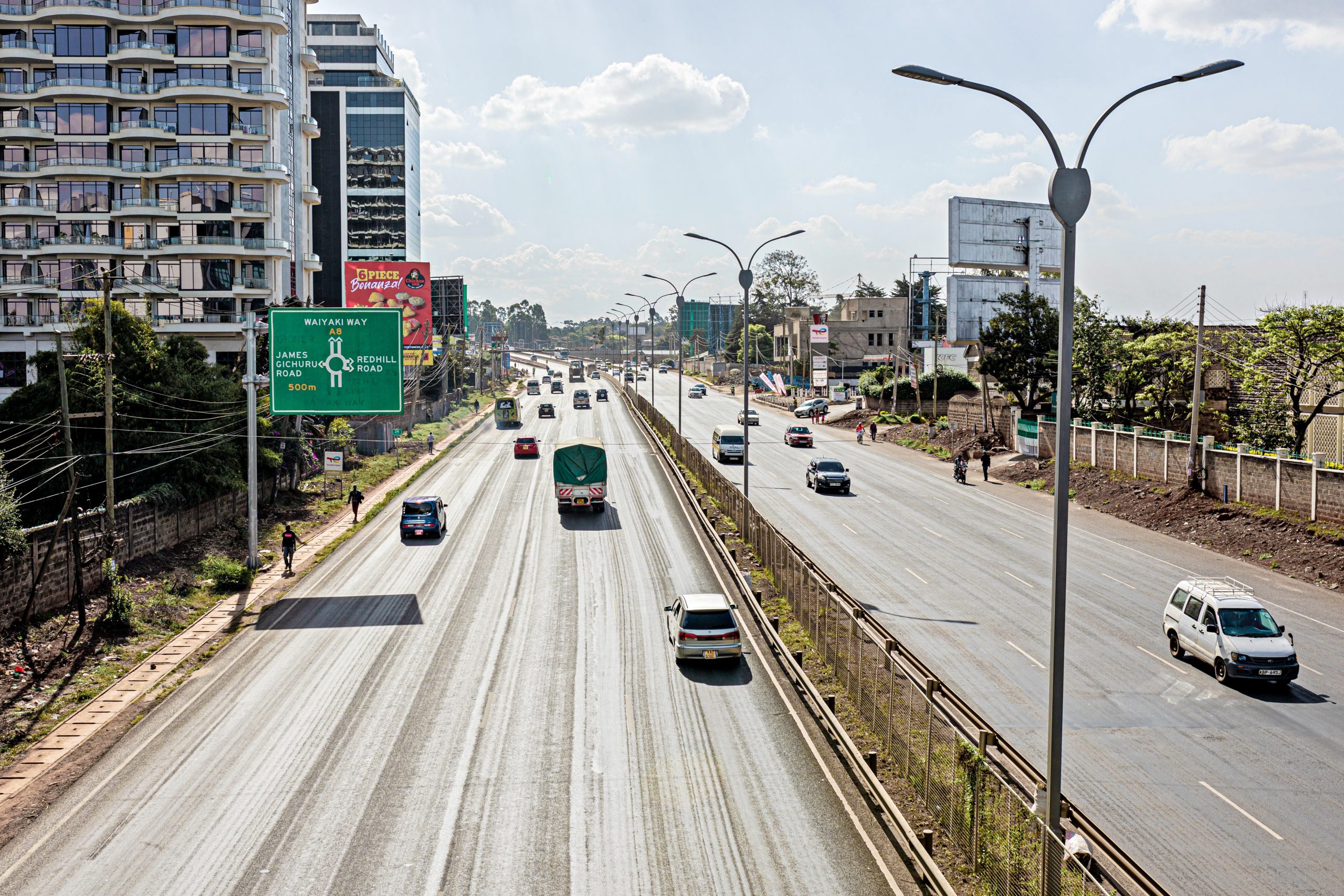Uyghur students in Istanbul are attempting to make people viscerally feel their ongoing genocide. They’ve done that with immersive simulation rooms, and may have, to a high degree, succeeded.
“For the simulation part, we want visitors to actually feel the experience,” said Idris Ayas, 29, who came to Istanbul to study law 10 years ago. “By touching the Tiger Chair, by visiting the forced cotton-picking farm, the forced abortion room and the concentration camp cells, visitors actually feel that these things are really happening in 2022.”
Steps away from Istanbul University, the Uyghur Genocide Museum is a student-led exhibition organized in the quiet courtyard of the East Turkistan Foundation. The Uyghur student group created the series of “simulation” rooms according to testimony from last summer’s Uyghur Tribunal in London and other first-hand accounts gathered by the group.
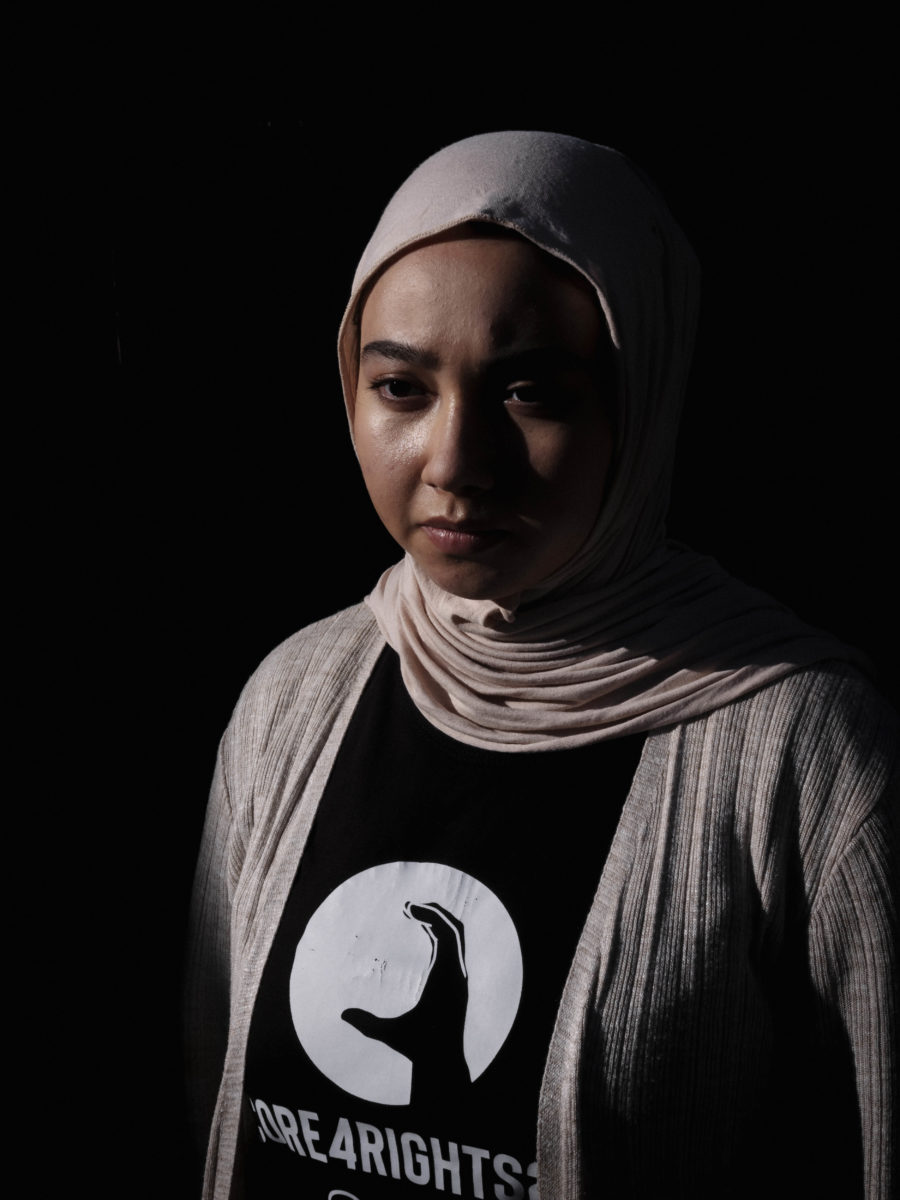

The students behind the Genocide Museum, nearly all of whom have relatives or parents detained in Xinjiang camps, are well aware of the challenges of creating such a space.
An exhibition is visual by nature, yet since 2017 Xinjiang is effectively a black box to the outside world with Uyghurs living abroad losing contact with family members and foreigners or journalists largely barred from traveling to the region. Today images from Xinjiang, and its network of re-education camps, are largely gathered from space via satellites.
“My father and mother tried to come to my graduation ceremony in 2017,” said Ayas. “But at the beginning of 2017, all the borders were closed. Their passports were confiscated. After September 2017, I lost contact with my family members.”


To their surprise, he answered: “Of course I can do it for you, I know exactly how it’s made,” Omar recalled.
“He was interrogated on it before.”




On several occasions, Omar said the group gave visitors checklists from “48 Ways to Get Sent to a Chinese Concentration Camp.”
“They would check off if they prayed, or grew a beard, if they’ve been out of the country, if they use WhatsApp. 99% of the people found that they have all the criteria that qualifies them to get into one of these concentration camps.”

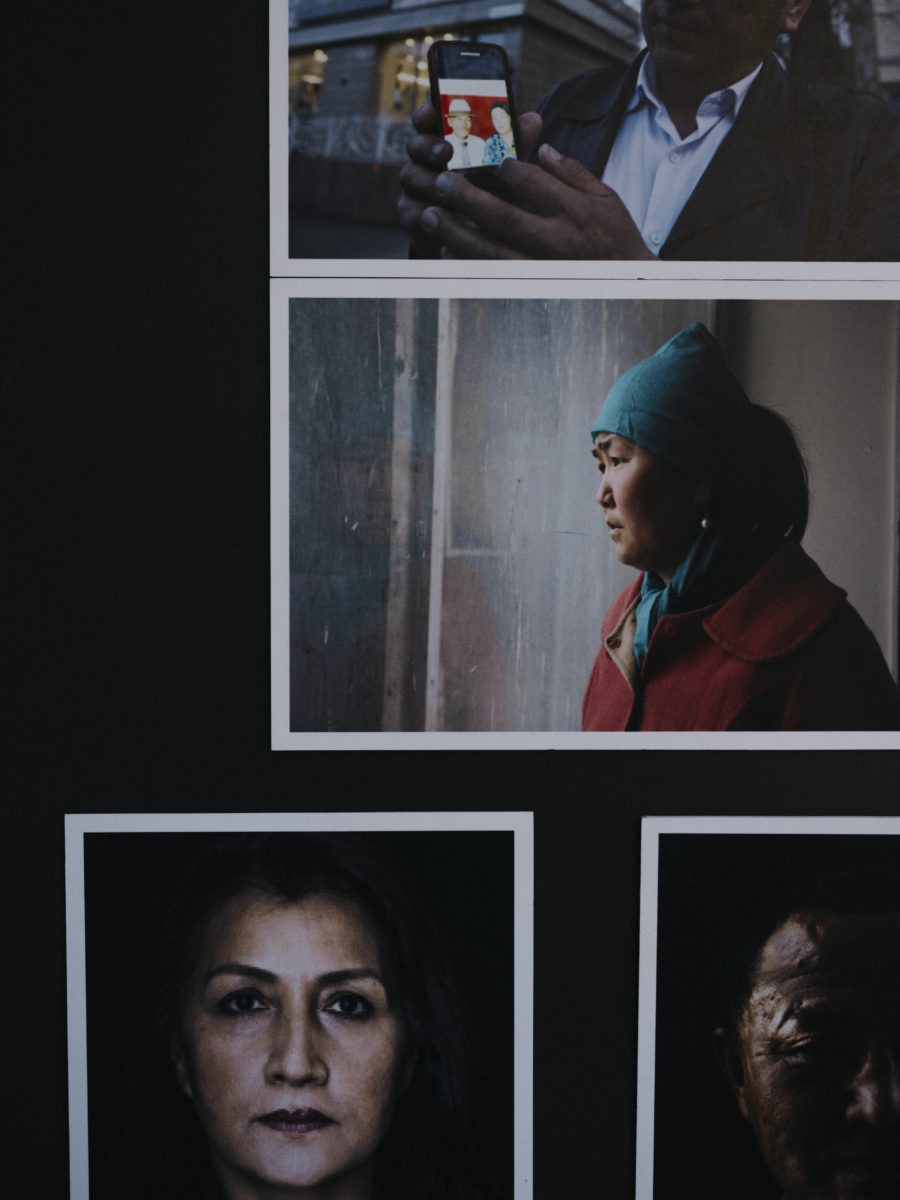
The student group spent their summer vacation planning the project, opening the space last fall. So far they say feedback has been overwhelmingly positive, with the majority of visitors made up of Turkish students and international tourists.
“We knew the Olympics were coming and we thought it was a good opportunity to educate people about our cause so they can start acting while the world is directing their attention to China,” Omar said.
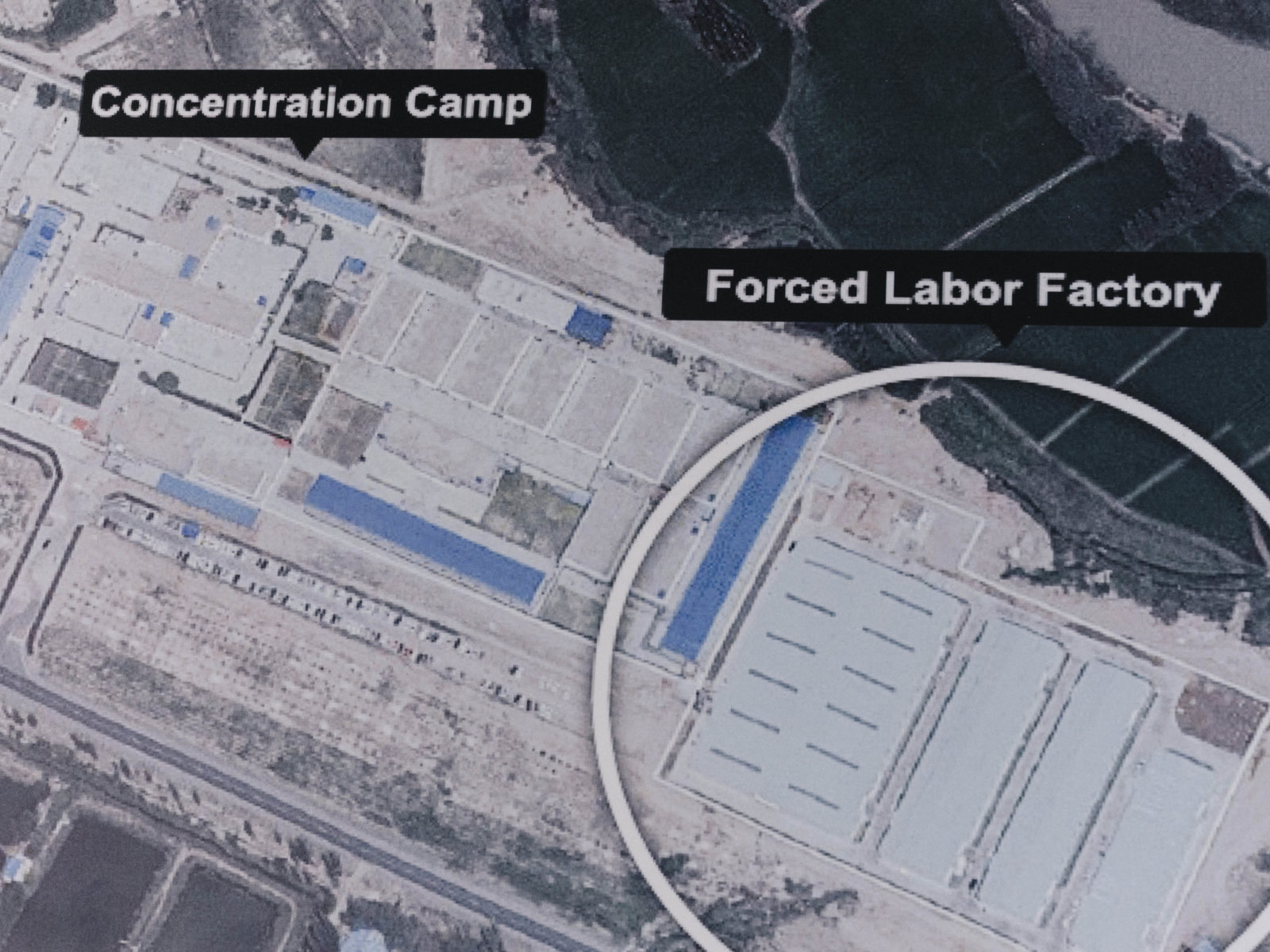

“There is a lot of disinformation about Uyghurs, especially in Turkey,” said Ayas. “Others said, I know there is a genocide happening there, but after I touched the Tiger Chair, I felt how horrible this is.
“It’s a shocking truth for visitors to actually accept it.”
The exhibition is ongoing, open every day (call ahead for the simulation rooms to be opened) and has no end date. Starting in March, the students plan to update the exhibition and add new items to the museum.
“We named it the Uyghur Genocide Museum, but it’s not a museum,” Ayas said. “It’s not a history, it’s an ongoing genocide happening in our hometown.”



